The hardware installation of Ocean Networks Canada’s Near-Field Tsunami Detection for the West Coast of Vancouver Island was completed on March 27, 2015
Ocean Networks Canada—an initiative of the University of Victoria—together with ASL Environmental Sciences Inc. of Victoria BC, Northern Radar Inc. of St. John’s, Newfoundland and Helzel Messtechnik GmbH of Germany, announced the installation of a WERA NorthernRadar system that will detect near-field tsunamis.
The WERA system was installed at the Tofino Airport so that tsunamis generated off the west coast of Vancouver Island can be measured. The radar and alerts it generates are part of the Ocean Networks Canada Smart Ocean Systems that is strengthening Canada’s technological position providing ocean knowledge for sound decision making. Ocean Networks Canada is funded by the Government of Canada and includes a partnership with IBM Canada.
Similar to the disastrous March 2011 Tohoku-Oki earthquake, the west coast of British Columbia has the potential for very large earthquakes to occur along the boundaries of the Juan de Fuca tectonic plate. It is anticipated that the radar will be able to detect the surface expressions of tsunamis up to 100 km from shore, which will provide twenty to thirty minutes of advance warning.




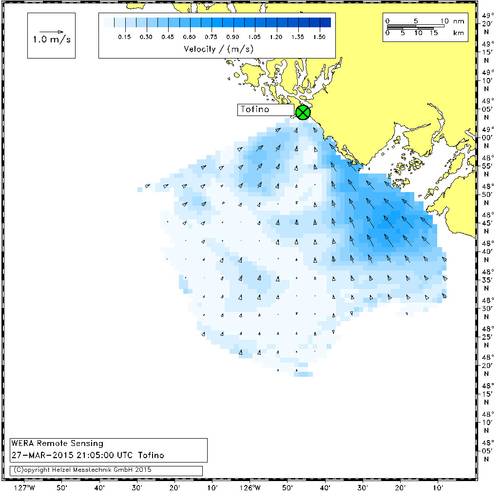
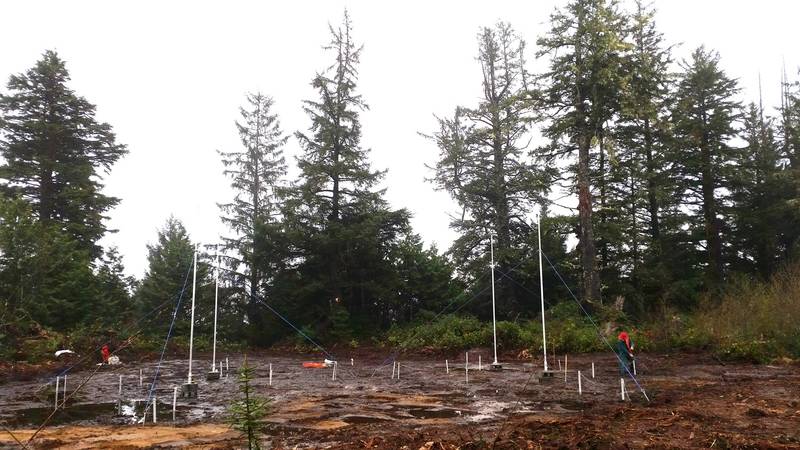
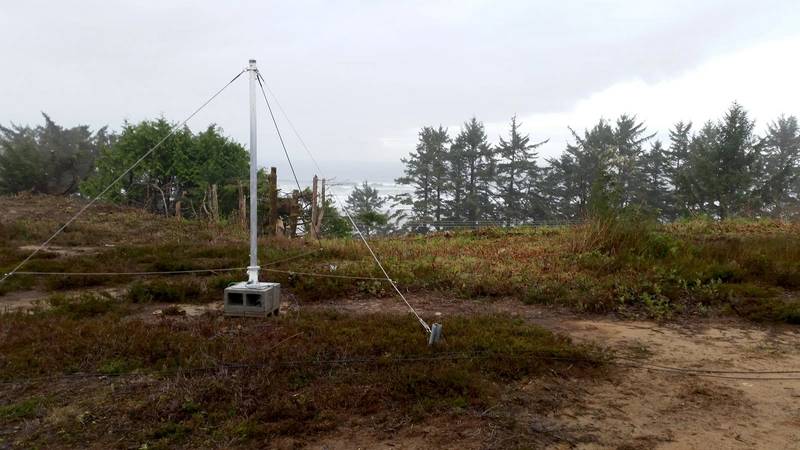

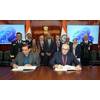


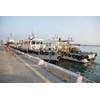






 December 2025
December 2025



